October 16th, 2024 by Alana Lynn Photography
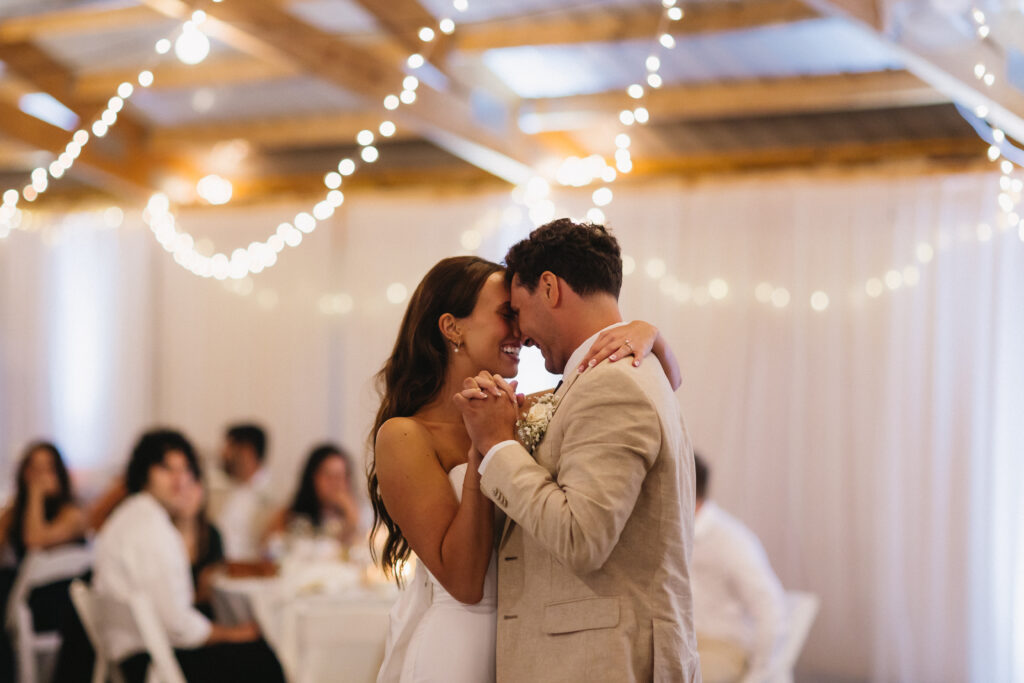
Second shooting at a wedding is a fantastic way to gain experience, build your portfolio, and support the lead photographer. Whether you’re new to second shooting or just looking to refine your skills, there are some key practices that will help you deliver exceptional results and make the lead photographer’s life easier.
Here are some valuable tips I’ve gathered from years of experience as both a second photographer and lead photographer. These will not only make you a highly effective second shooter but also help you grow and refine your skills as a photographer.
1. Format Your Memory Cards
Before you start shooting, make sure your memory cards are formatted in your camera. If the lead photographer provides you with a card, formatting it ensures everything runs smoothly and reduces the chance of errors or card failure during the shoot.
2. Lens Choice for the Day
A versatile zoom lens like a 24-70mm or 28-70mm is often recommended for second shooters due to its flexibility. Since second shooters are typically positioned off to the side or at a distance, having the ability to zoom in for close-up shots is incredibly helpful without needing to move around constantly. This lens allows you to seamlessly capture a variety of moments, from wide scenes to intimate details, making it a great option for full-day wedding coverage.
3. Always Shoot in RAW
When second shooting, it’s important to shoot in RAW format. RAW files provide the most flexibility during post-production, allowing for better control over things like exposure and color. The lead photographer will usually be responsible for editing, so giving the lead RAW files gives them the most options to produce the final images.
4. Capture Different Angles
As a second shooter, your job is to complement the lead photographer’s work by offering different perspectives. Avoid standing directly next to or behind them to prevent getting the same shots. Look for creative angles that add variety to the final gallery—this might be a wider shot, a close-up, or capturing moments from a different side of the venue.

5. Ceremony Logistics
Typically, the lead will cover the front of the aisle during the processional, while second shooters often focus on capturing the back of the bride’s or partner’s outfit as they walk down.
During the ceremony, it’s best to try and mirror the lead’s positioning. For example, if the lead is capturing one partner during vows, being on the opposite side to capture the other partner’s reactions provides a well-rounded view of the moment.
For the first kiss, it’s common for the lead to get a semi-zoomed-in vertical shot, while you, the second shooter, may capture a zoomed-out horizontal shot for variety. During the recessional, you may want to pan backward alongside the lead since it is often a super quick moment, the more photos the better here!
6. Shoot Reception Details at Eye Level
These details are typically captured before guests have access to the reception space, often either before the ceremony or during cocktail hour, allowing time to focus on the setup without interruption. When photographing reception details like table settings, floral arrangements, or décor, aim to shoot from a guest’s perspective rather than from above—unless shooting from above is intentional, such as for a place setting or menu card. This approach creates more immersive, natural-looking shots, making the viewer feel like they’re part of the event.
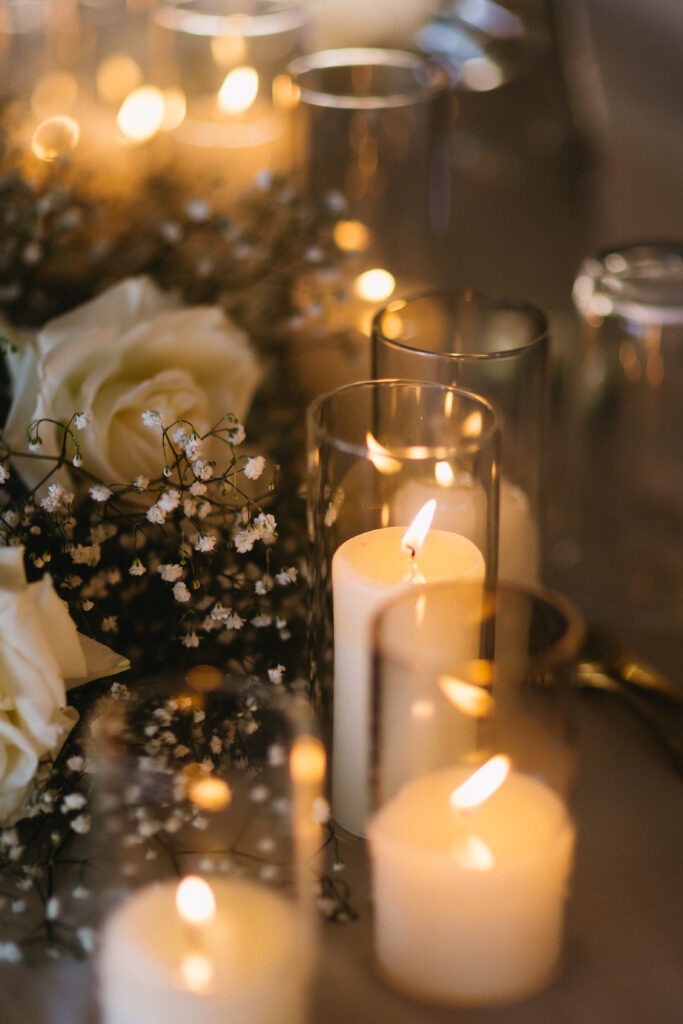
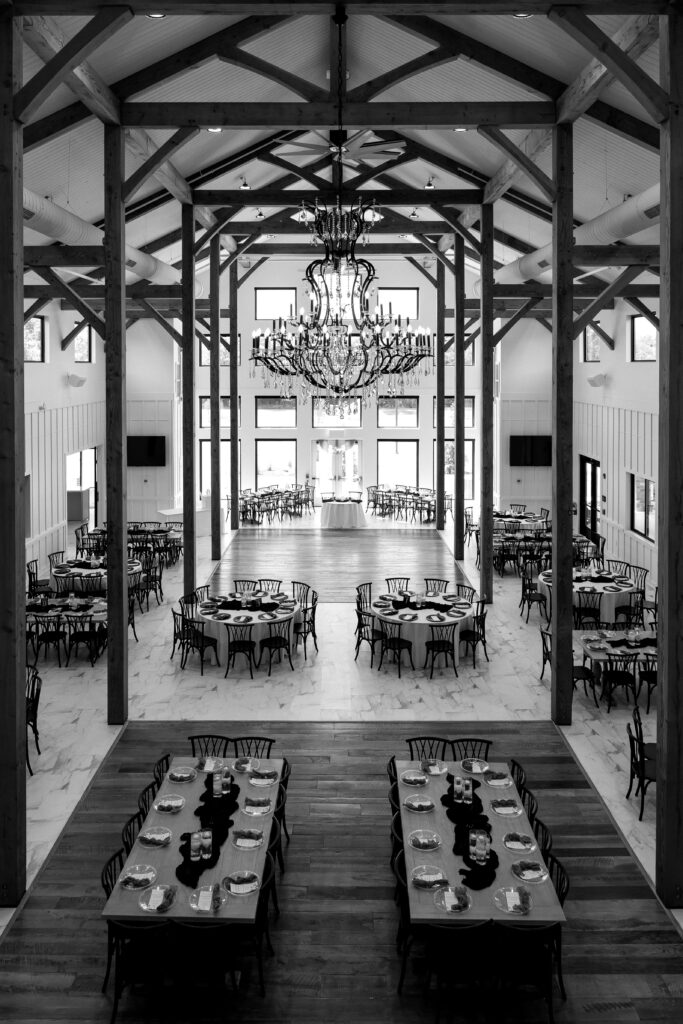
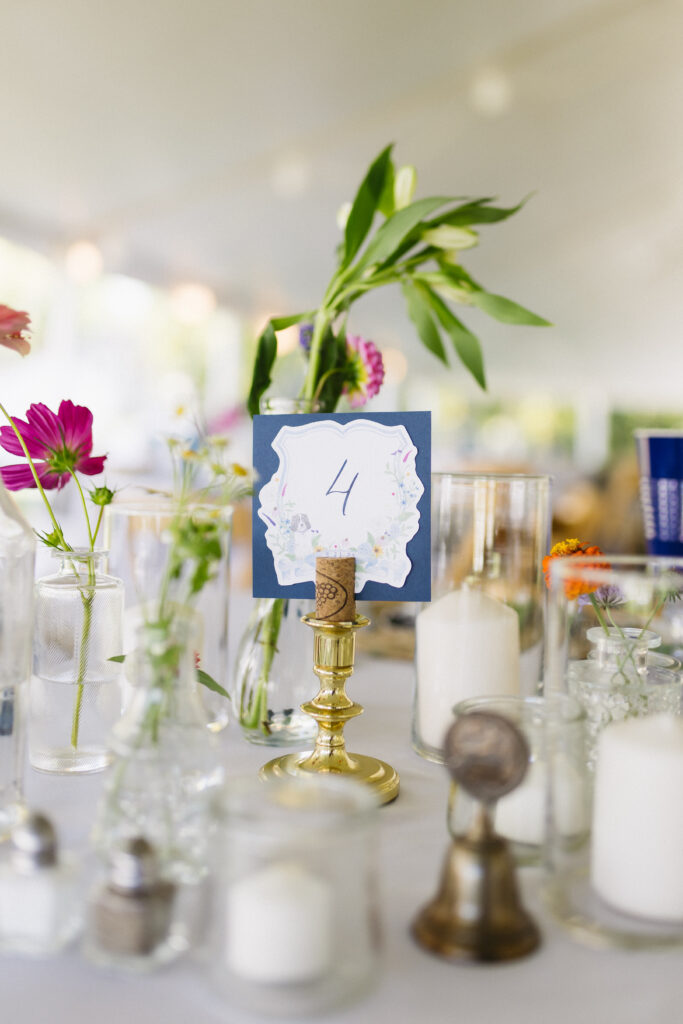
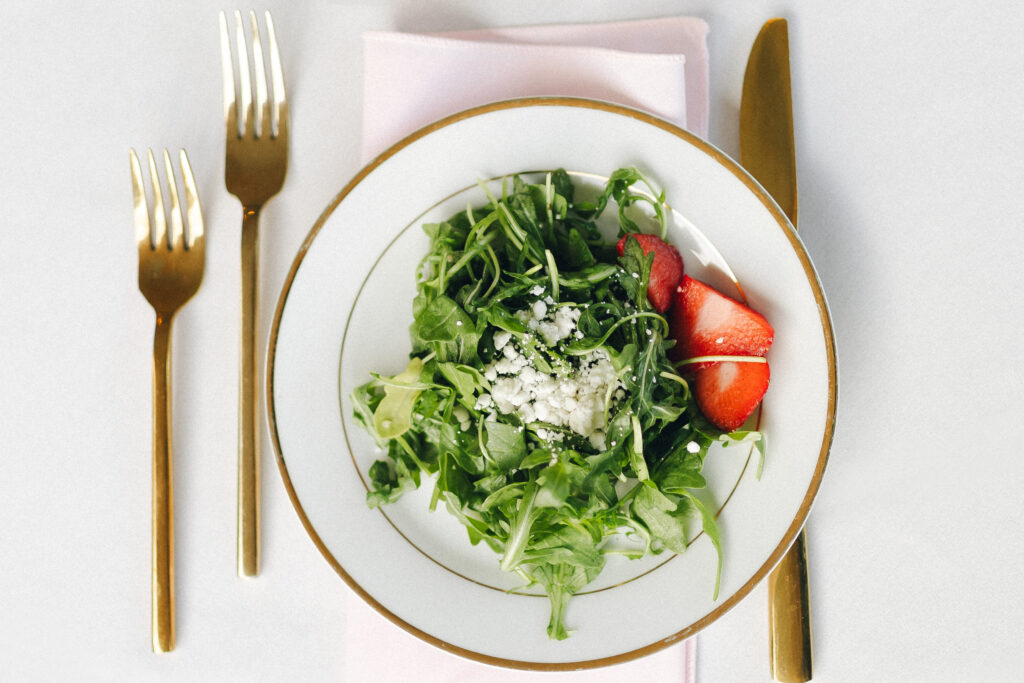
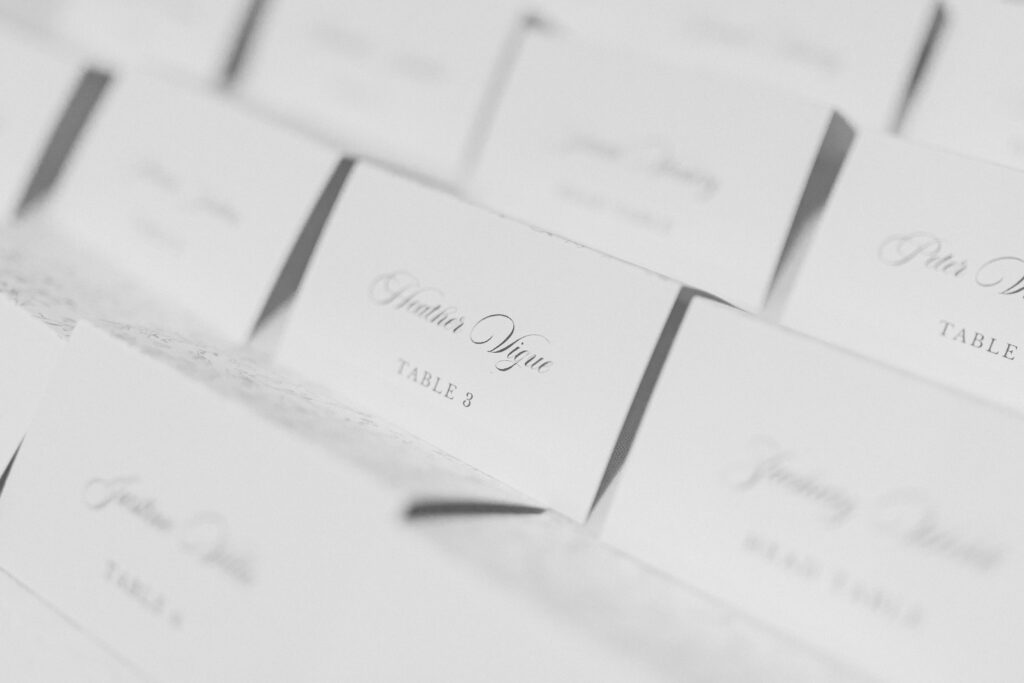
7. Cocktail Hour Coverage
Second shooters are typically assigned to cover cocktail hour, often for the full hour or at least half. During this time, aim to capture guests mingling, chatting, and laughing. The goal is to photograph as many different people as possible—avoid focusing on just the same group. If the timeline permits, the lead photographer will try to bring you in for couple or wedding party portraits happening during cocktail hour, so be ready to assist if needed. This balance helps ensure both the guests and key moments are well covered.
8. Focus on Candid Moments During Group Shots
During posed family formals and group shots, the lead photographer will typically handle the formal portraits, so there’s no need to duplicate their efforts. Instead, use this time to capture candid moments that happen naturally in between. Look for family members chatting as they wait for their turn or guests mingling during cocktail hour. These candid shots add a sense of warmth and authenticity to the final gallery, bringing the event’s personality to life.

9. Candid Wedding Party Moments
During formal wedding party shots, the lead photographer will be focused on capturing the posed group portraits. This is a perfect opportunity to capture candid moments happening on the sidelines. Look for laughter, small interactions, or relaxed moments among the wedding party members. When the lead photographer incorporates movement prompts—such as walking or playful interactions—try capturing those moments from a different angle. This will add variety and energy to the gallery, creating a dynamic balance between posed and candid shots.
10. Be Mindful of Flash Usage
Pay attention to the lead photographer’s lighting setup. If they’re using flash, match their approach to ensure consistency in the final images. For key moments like the grand entrance, first dance, or speeches, using the same lighting setup helps create a cohesive look across the gallery.
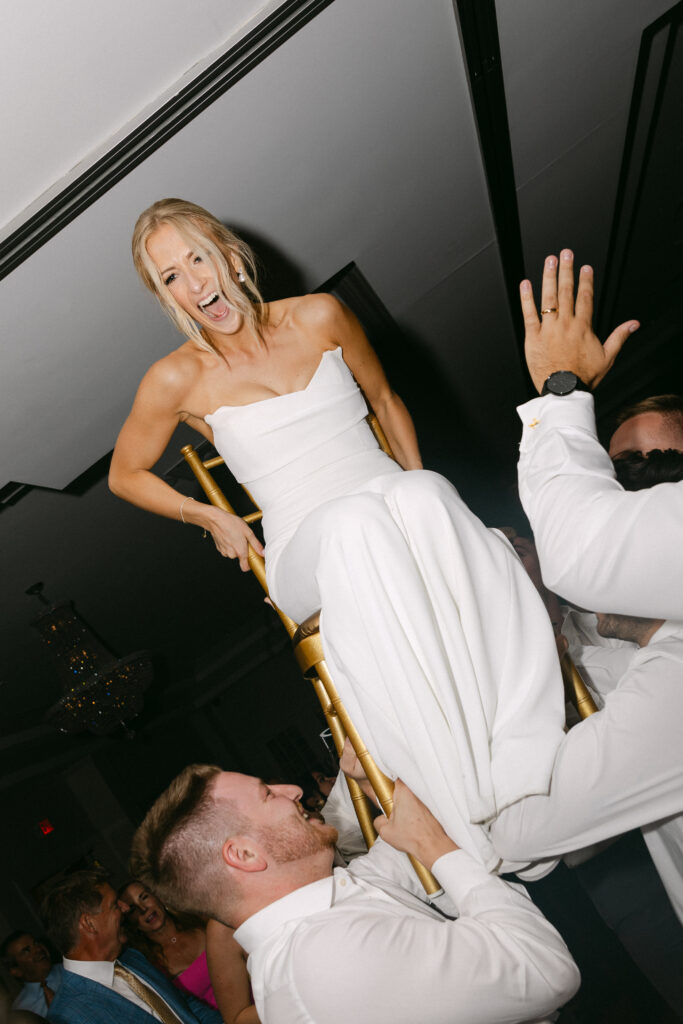
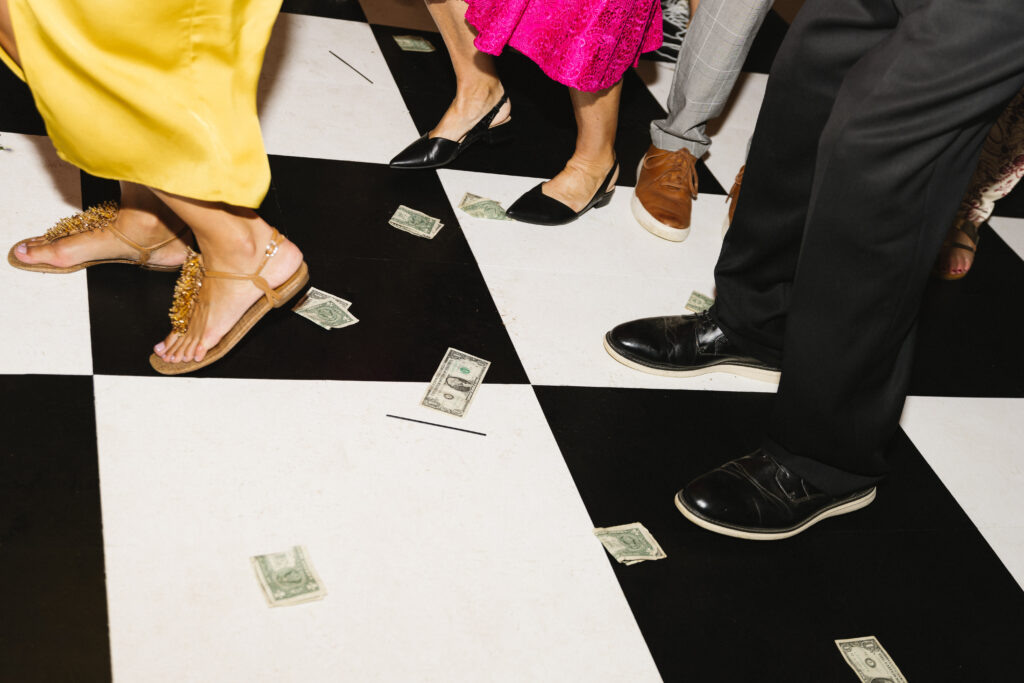
11. Adjust Your Focus Settings
For action shots, such as during dancing or the bouquet toss, use a wider focus area to ensure sharpness. For detailed, stationary shots like rings, centerpieces, or décor, switch to a smaller focal point to capture more precise images.
12. Don’t Overshoot
It’s tempting to take as many photos as possible, but be intentional about what you’re capturing. The goal isn’t to return thousands of photos, but rather a smaller selection of high-quality, thoughtful images that enhance the overall gallery. Be selective, and aim to provide useful supplemental shots rather than duplicates or blurry frames.
13. Portfolio Usage: Know When to Share
If you want to use the photos you capture for your portfolio, be sure to ask about any waiting period before posting them. Many photographers ask second shooters to wait a few months after the event to ensure the couple sees the final gallery first. Always follow the lead photographer’s guidelines to keep things professional.
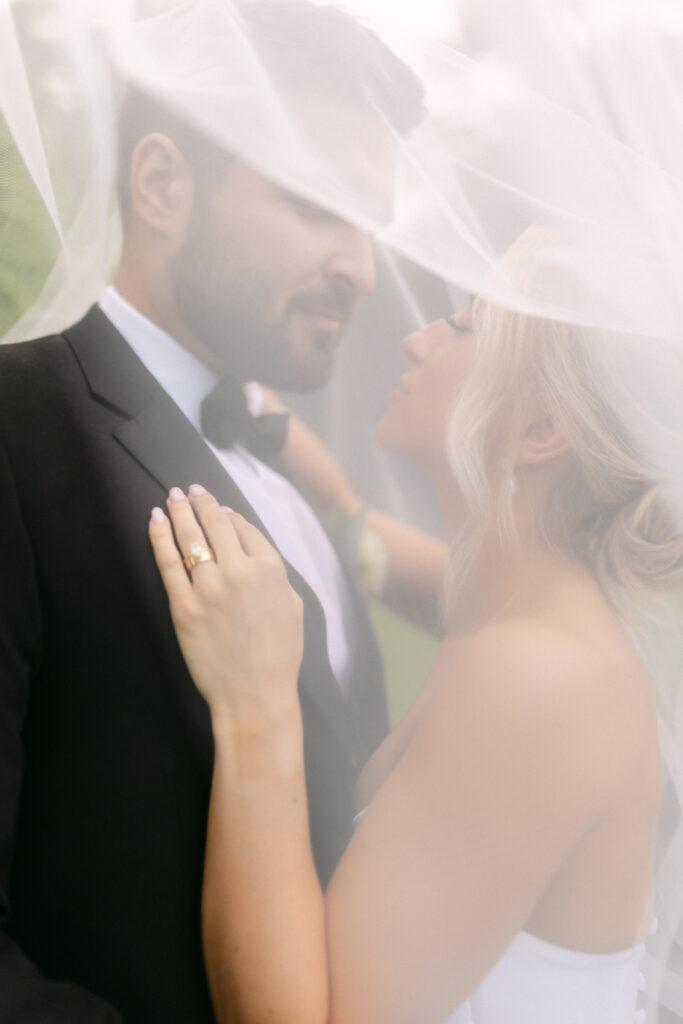

14. Be Respectful with Tags and Sharing
When sharing images from a wedding, avoid tagging the couple or any vendors unless the lead photographer gives you the go-ahead. If someone requests photos directly from you, politely direct them to the lead photographer to keep things streamlined and organized.
15. Handle Inquiries Professionally
If a guest or vendor asks about your photography services, always direct them to the lead photographer. While you’re second shooting, it’s important to respect the photographer’s business and brand by not promoting your own services at their event. This shows professionalism and maintains a good working relationship.
Wrapping Up
Being a successful second shooter is about more than just taking pictures—it’s about understanding your role and complementing the lead photographer’s work. You’re not there to capture a full wedding gallery from the lead photographer’s perspective; your photos are meant to be supplementary, filling in the gaps and offering different angles or candid moments. By knowing your place and following these tips, you’ll not only be a great asset on the wedding day, but you’ll also grow as a photographer and set yourself up for future success.